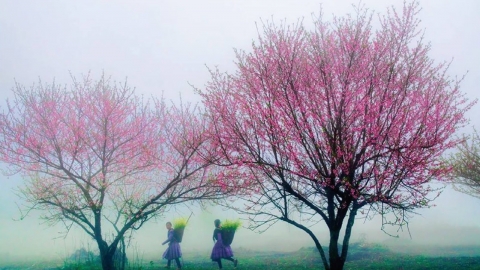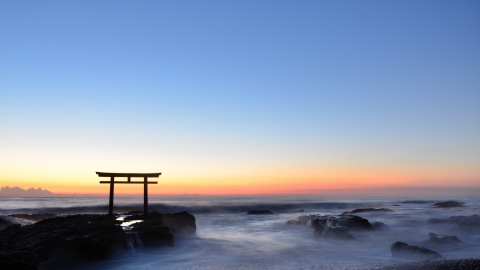Tet in paintings
One winter afternoon in Hanoi, I returned to visit the Vietnam Fine Arts Museum. Immersed in the luxurious space of the Indochina Fine Arts Gallery, I paused for a long time before the work “Going to the Tet Market” by artist Nguyen Tien Chung. The image of young, elegant Hanoi girls in ao dai going to the Tet market, with the Nhat Tan peach blossom sellers looming in the distance, was delicately depicted by artist Nguyen Tien Chung on silk. Hanoi girls have attracted many strokes of the brush of artists from the Indochina Fine Arts School, but Nguyen Tien Chung is the most prominent artist on this subject.
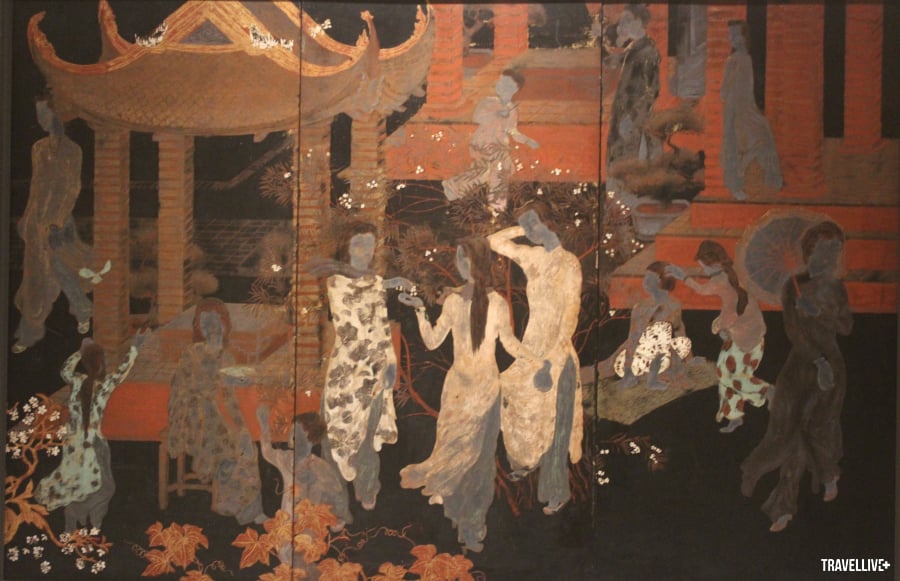
That scene of spring playing on Tet holiday suddenly reminded me of the sharing of painter Nguyen Tu Nghiem: "Every year at the end of the twelfth lunar month, painter Bui Xuan Phai and I would go together to paint the flower markets in Hanoi, the warm countryside markets with the strong scent of straw, the green fields of newly planted rice fields." Then they met again at Lam cafe at 60 Nguyen Huu Huan to talk about Tet. Their story was very simple, without the purpose of eating, but revolved around enjoying the taste of Tet in the past. In the sweet cold of Hanoi in the gloomy last days of winter, everyone was nostalgic and moved, remembering the beauty of Tet in the past. I felt the warm countryside picture from those artistic memories.


In every Vietnamese village, during the last days of the year, the communal house yard is a colorful market. The most beautiful scene is still a few old scholars lying on an old mat, writing large, black Chinese characters on red paper. Photographer Le Vuong has many works depicting such teachers. And the red and black colors evoke the poetic idea of Vu Dinh Lien:
“Every year peach blossoms bloom
See the old scholar again
Display ink and red paper
On the crowded street".
From the luggage of wandering around the countryside market on Tet holiday, the rows of votive offerings with images of horses and elephants in bright colors, paintings of chickens and pigs by artisans of Dong Ho village, hats of Mr. Cong and Mr. Tao with spotted dragonfly wings... the zodiac paintings of painter Nguyen Tu Nghiem were born. He drew all 12 zodiac animals on paper. The pigment material in Nguyen Tu Nghiem's hands transformed strangely and changed over the years: sometimes gentle and absent-minded, sometimes full of excitement. What is obvious in his paintings is a life of creation that is reflected on the cultural aspect of the Vietnamese people, in a sense of joy and satisfaction, lighting up memories and dreams, forgetting all the hardships and cares of the old year.
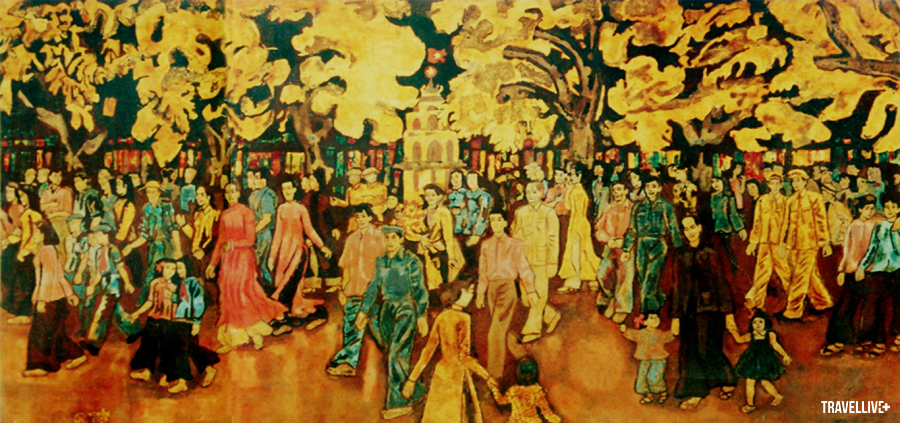
Tet in memory
The old Tet flavor is not only preserved in paintings, it is also a deep memory in the mind of cultural researcher Phan Cam Thuong. For him, Hanoians celebrate Tet with the unique features of the capital. After the 23rd of December, when the Kitchen Gods are sent to heaven, the Tet atmosphere begins to be kindled in every family. “Dong Xuan and Bac Qua markets are the most bustling places for women and mothers to come to buy dried goods to cook: bamboo shoots, dried squid, dried shrimp strung together; grilled mackerel pressed in bamboo strips; and then fish balls, regions, wood ear mushrooms, and shiitake mushrooms. More luxurious are bird's nest balls, abalone, Chinese sausages, black eggs, salted eggs…”, researcher Phan Cam Thuong recalls.
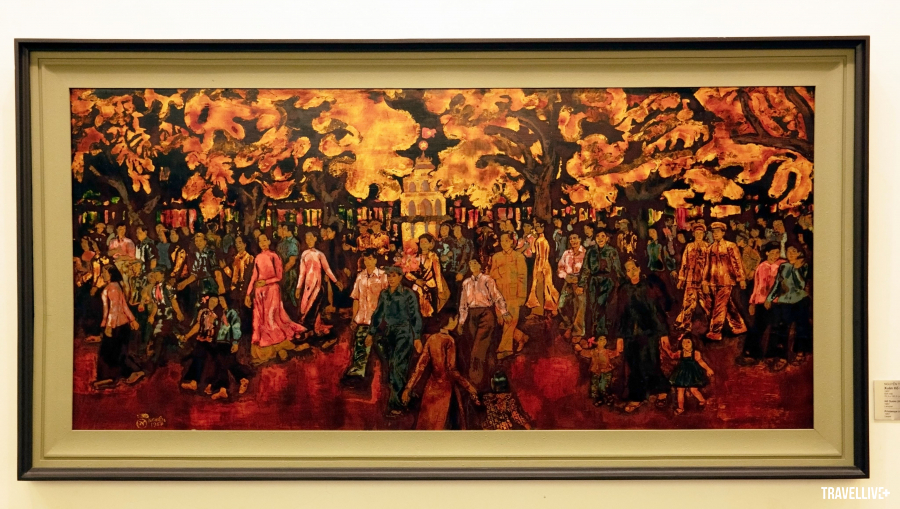
The splendid golden lacquer painting "New Year's Eve by Hoan Kiem Lake"
The office has started the Tet holiday, the men in the house take on the role of decorating the house, cleaning the ancestral altar. The decoration of the houses of the ancient Hanoians was very elegant, without peach trees, kumquat trees with flashing green and red lights, just a branch of peach blossom or a pot of large chrysanthemums placed on an antique porcelain pedestal.
Everyone finds that the 30th of Tet is the longest day. The New Year's Eve meal is a sacred time for family reunions, reminiscing about the past, and wishing for new things and success in the new year. When saying goodbye, everyone says: "Next year, we will come to wish our grandparents and parents a happy new year." But next year is just the day after, the first day of Tet!

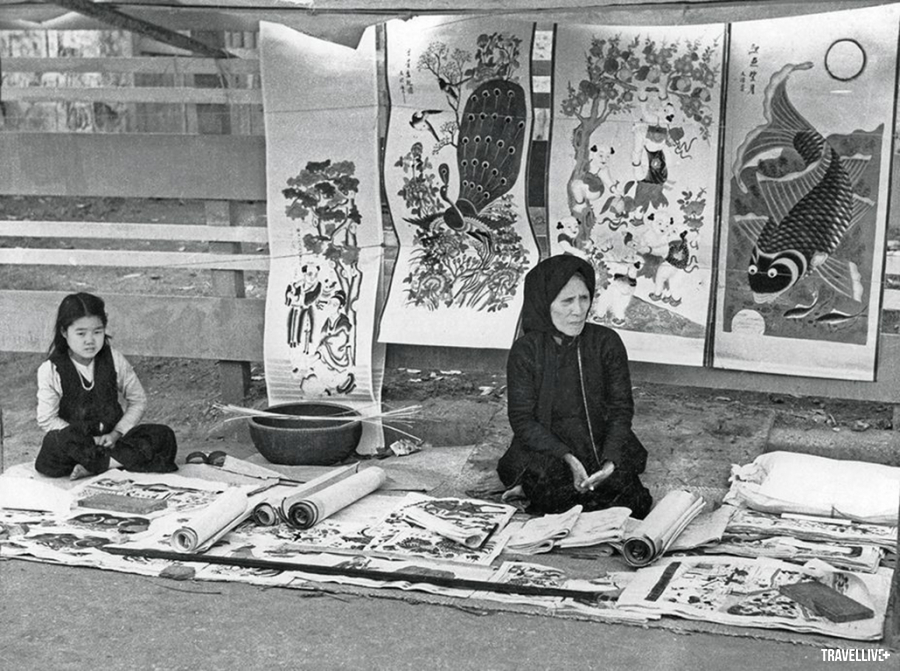
Hanoi New Year's Eve is a unique feature that painter Nguyen Tu Nghiem has successfully depicted on a splendid golden lacquer painting: "New Year's Eve by Hoan Kiem Lake". Presented solemnly in the Vietnam Fine Arts Museum, the work has recorded the joyful scene of welcoming the New Year by Hoan Kiem Lake of Hanoians after years of war. Hoan Kiem Lake, Turtle Tower, Ngoc Son Temple have long been the meeting place of Hanoians every New Year. In a peaceful space, people flock here to welcome the New Year, listen to Uncle Ho's poems, and wait for a happy new year.


As researcher Phan Cam Thuong said, only a native Hanoian can fully feel the spring atmosphere of Hanoi on the first day of the new year. “The space is quiet, fragrant, and peaceful. The weather is chilly, the streets are clean, a few young couples are walking, dressed elegantly and luxuriously. Absolutely no vulgar or noisy laughter is heard. A few young girls walk on The Huc bridge to Ngoc Son temple to burn incense and ask for cards, holding the edge of their shirts to keep the lake wind from blowing them away, in a truly graceful and elegant atmosphere!” Mr. Phan Cam Thuong also shared that on the first day of Tet in Hanoi, very few guests come to visit, except for the guest chosen by the homeowner to be the first to enter the house, who will bring luck to the homeowner for the whole year, so the first person to enter the house must be a successful and fulfilled husband, wife, and children.
Tet in the past and present is coming to every street, the eternal dream of Vietnamese people is a peaceful, warm and full Tet. Although material wealth is not abundant, the love of neighbors and traditional customs that have been built and preserved are always present in the Vietnamese soul.





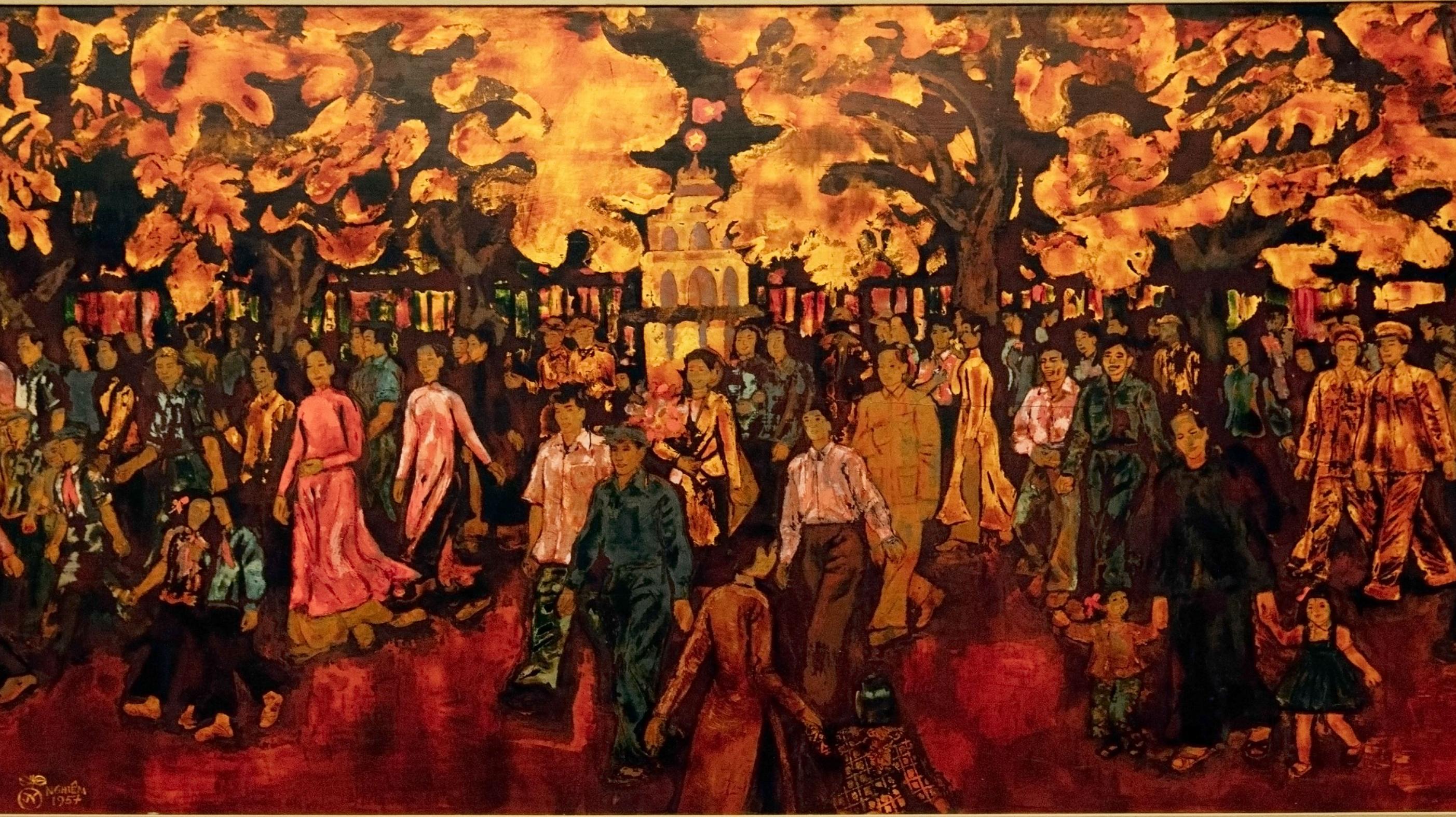








.jpg.jpg)
.jpg.jpg)









